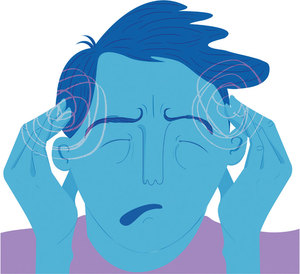By Paul Sullivan | January 30, 2015 | The New York Times “Your Money” “Wealth Matters”
Midway through the film “Still Alice,” which tracks the growing grip of Alzheimer’s on a 50-something Columbia University professor, that professor, played by Julianne Moore, stands at a lectern to address an Alzheimer’s conference. She is holding a yellow highlighter and a copy of her speech.
She proceeds to talk about her struggles with the disease and how she never knows what will vanish from her memory and when. It’s a lucid, affecting talk, and the viewer would be hard pressed to know anything was wrong with her, if not for the highlighter. She uses it to track her every word so she doesn’t read the same sentence over and over again.
For anyone who has ever watched a family member disappear into Alzheimer’s, Ms. Moore’s performance is gripping, particularly as her tricks to stall her decline inevitably fail and the later stages of the disease consume her. Yet the movie is also a great vessel to explore many of the financial issues that families need to address when someone is diagnosed with Alzheimer’s or any other disease that causes cognitive impairment.


 By Natasha Bray | Nature Reviews Neuroscience “Pain” | January 29, 2015
By Natasha Bray | Nature Reviews Neuroscience “Pain” | January 29, 2015

